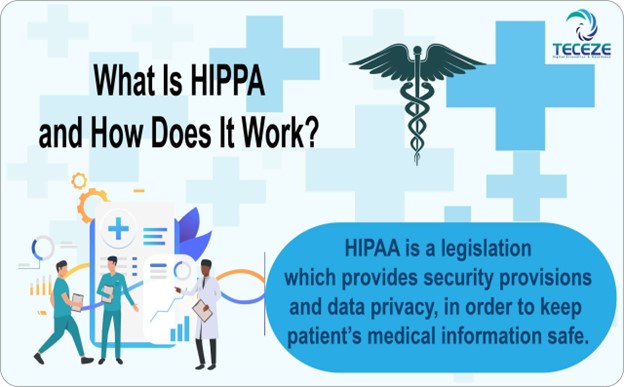A faith-based organization asks a community health nurse to develop a mobile meal program for older adults who are no longer driving. Which of the following actions should the nurse plan to take first?
Perform a needs assessment.
Inquire about the availability of volunteers.
Identify alternative solutions to address concerns.
Determine potential funding sources for the program.
The Correct Answer is A
The first step the nurse should take is to perform a needs assessment. This involves determining the specific needs of the older adults who will be served by the mobile meal program. The nurse should identify the target population and assess their nutritional needs, dietary restrictions, and food preferences. The nurse should also determine the availability of transportation for the delivery of meals and the potential need for volunteers. Once the needs assessment is complete, the nurse can begin to develop a plan for the program.
Inquiring about the availability of volunteers (choice B) and determining potential funding sources for the program (choice D) are important steps, but they should come after performing a needs assessment. Identifying alternative solutions (choice C) may be necessary at some point, but it is not the first step.
Nursing Test Bank
Naxlex Comprehensive Predictor Exams
Related Questions
Correct Answer is C
Explanation
HIPAA (Health Insurance Portability and Accountability Act) is a federal law that mandates the privacy and security of a patient's medical records and personal health information. A newly licensed nurse must understand the HIPAA regulations to protect patient's confidentiality and avoid penalties for violating the law. HIPAA rules permit clients to access their medical records and receive copies of their medical information upon request. A client can request copies of medical records through a signed authorization form. HIPAA does not allow the sharing of a client's medical information with unauthorized personnel or third parties, including coworkers and supervisors. Therefore, it is essential to protect clients' medical information and keep computer passwords confidential.

Correct Answer is A
Explanation
. Tertiary prevention aims to prevent complications or further deterioration in individuals with existing health problems. Developing resources for victims of abuse is an example of tertiary prevention because it aims to prevent further harm to individuals who have already experienced violence. Presenting community education programs about stress management and urging community leaders to make nonviolence a priority are examples of primary prevention activities, which aim to prevent the occurrence of violence in the first place. Assessing for risk factors of intimate partner abuse during health examinations is an example of secondary prevention, which aims to detect violence early and intervene to prevent its progression.
Whether you are a student looking to ace your exams or a practicing nurse seeking to enhance your expertise , our nursing education contents will empower you with the confidence and competence to make a difference in the lives of patients and become a respected leader in the healthcare field.
Visit Naxlex, invest in your future and unlock endless possibilities with our unparalleled nursing education contents today
Report Wrong Answer on the Current Question
Do you disagree with the answer? If yes, what is your expected answer? Explain.
Kindly be descriptive with the issue you are facing.
